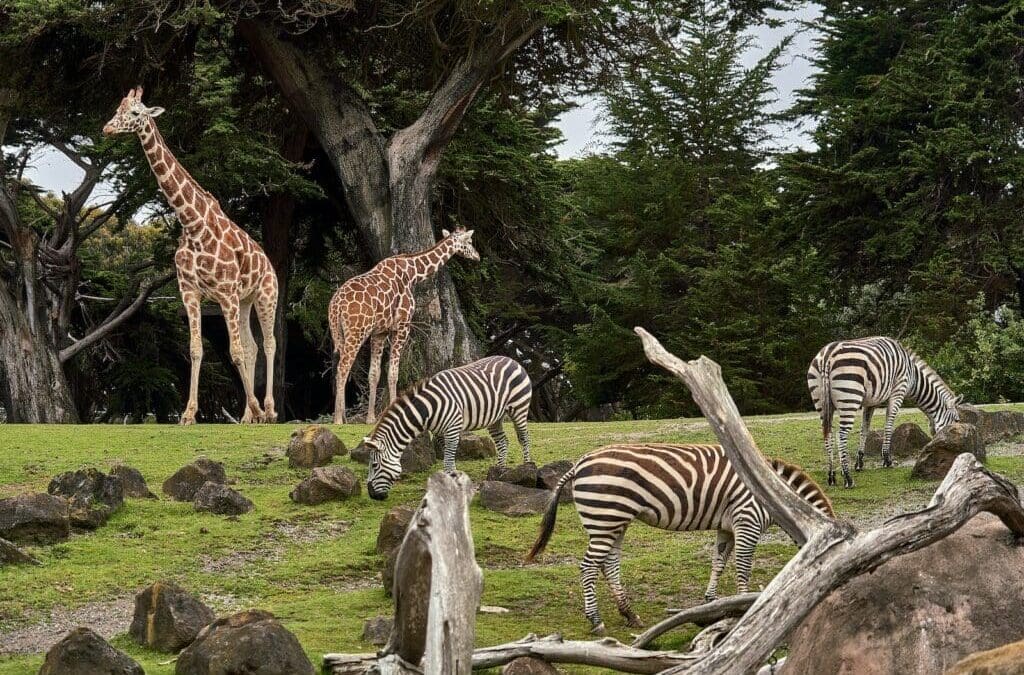
The History of Zoos
Photo by Nikolay Tchaouchev on Unsplash
The Royal Beginnings
In the nascent stages of their existence, zoos were exclusive domains of the elite. Kings and emperors, particularly during the Holy Roman Empire, showcased exotic animals as symbols of prestige. Emperor Charlemagne, for instance, was known to have received elephants as gifts from the monarchs of Africa and Asia in the 8th century.
In England, William the Conqueror kept a small collection of animals at his Woodstock manor. His son, Henry I, was particularly fond of expanding this collection, boasting a diverse menagerie that included camels, leopards, lions, lynxes, and even a porcupine.
The Age of Enlightenment
The Renaissance and Age of Enlightenment ushered in a new era where animals were not just collected for display but also studied for scientific insights. The term “zoological garden” was coined during this period. The Jardin des Plantes in Paris, initially part of the royal garden, transformed into a hub for scientific study, housing animals from the Versailles menagerie.
The London Zoo, established in 1828 by the Zoological Society of London, was pivotal as the first zoo created solely for scientific research. It was followed by the Dublin Zoo in 1831, which was instrumental in the medical study of animals.
A Public Affair
The transition from exclusive royal collections to public attractions was gradual. British royal menageries opened to the public during Elizabeth I’s reign. The 18th century saw Emperor Francis I following suit, marking a significant shift towards public accessibility.
The Central Park Zoo, established in 1860, and the Philadelphia Zoo, opened in 1874, were designed with the public in mind. These zoos became popular destinations, combining education and entertainment.
Innovations in Animal Enclosures
The early 20th century marked significant advancements in animal enclosures. Carl Hagenbeck’s revolutionary design in Stellingen, Germany, introduced moats instead of bars and created environments that resembled the animals’ natural habitats. This innovation enhanced both the animals’ well-being and the visitors’ experience.
[embedded content]
Modern-Day Conservation Hubs
Today, zoos have transcended beyond being mere attractions. They are integral in wildlife conservation, research, and public education. Zoos actively participate in breeding programs to protect endangered species and invest in educating the public about biodiversity and sustainability.
Fun for the Whole Family
Modern zoos are designed to offer an educational yet enjoyable experience for families. With interactive exhibits, educational programs, and special events, zoos have become places where learning and fun intersect. They instill a sense of wonder and respect for wildlife in visitors of all ages.
The transformation of zoos from exclusive royal collections to centers of conservation and education is a journey of evolution. It reflects our growing understanding and appreciation of wildlife. As we step into the future, zoos are poised to play a pivotal role in fostering a harmonious coexistence between humans and the natural world, ensuring that the magnificent diversity of wildlife is celebrated and preserved for generations to come.
Citations
“The History of Zoos,” Hankering for History, accessed on [date], https://hankeringforhistory.com/history-of-zoos/.
“The Evolution of Zoos,” YouTube, accessed on [date], https://www.youtube.com/watch?v=BRFedi83GPc.



